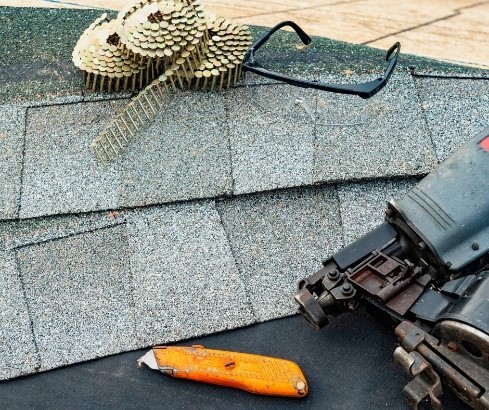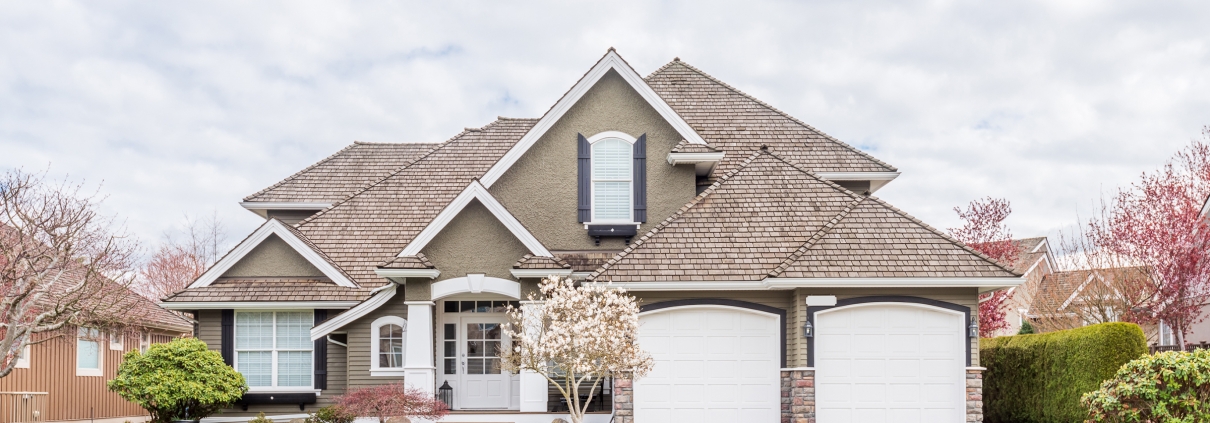Whether it’s raining, hailing, or windy outside, your roof takes the brunt of all the harsh elements. However, if your roof has been neglected and isn’t in tip-top shape when bad weather hits, then you could be putting your home at risk for leaks or other potential severe damage. If your roof is old, faulty, or on its last leg, your home may be categorized as high risk. This also means you may be paying a higher premium for your policy. Here, we’ll review what’s typically covered for roof damages and why a new roof could decrease your homeowners insurance.
Keeping your roof well-maintained is a general best practice to avoid extensive repairs or premature replacements of your roof. Typically, insurance policies may cover the following roof damages:
• Rain
• Hail
• Wind
• Fire
• Fallen objects
• Hurricanes
• Tornadoes
Some insurance companies will provide discounts to homeowners after they’ve installed a new roof. An asphalt shingle roof that’s 15 years old is more prone to leaks simply due to the fact that it’s near the end of its lifespan and has taken the brunt of 15 years of weather. For this reason, older roofs can be categorized as high-risk since homeowners are more likely to file a claim for damage, which results in a higher insurance premium.
On the other hand, a newer roof is less likely to be susceptible to weather damage simply due to the fact that it’s new. Different states and different insurance companies have their own discounts for new roofs, so you’ll want to consult with your insurance agent to determine how much of a discount you can receive as each insurance company has its own set of requirements for what qualifies for a new-roof discount.
Getting homeowners insurance will allow you to protect your home in the case of unexpected damages during storms or inclement weather. However, the price of protection can be hefty if you have an older roof. Some insurance companies will offer discounts for new roofs simply because it’s a new roof that hasn’t taken the brunt of ever-changing weather. In addition, some insurance companies will offer discounts for impact-resistant roofs. Fortunately, new technological advances in the roofing industry have allowed manufacturers to develop roofs that can withstand high winds, are resistant to moisture-related growth, and are resistant to impact from falling tree branches. Contact (Agency Name) at (phone number) or visit our website at (homeowners insurance link) to see how your homeowners insurance policy is affected if you decide it’s time to get a new roof.
Source: https://www.stateroofing.com/blog/roofing/why-a-new-roof-will-decrease-your-homeowners-insurance/







